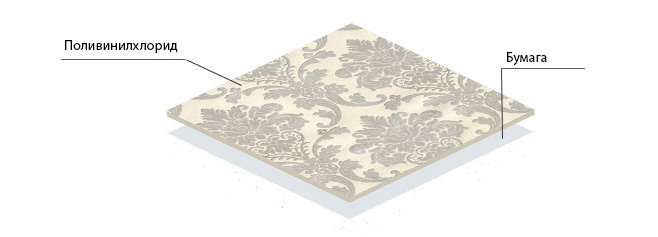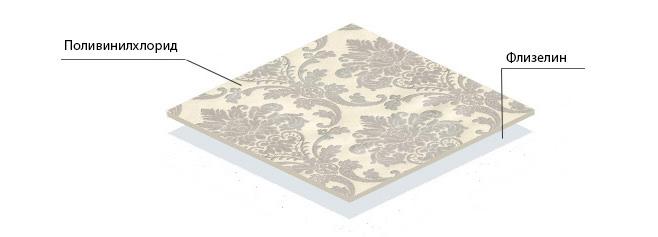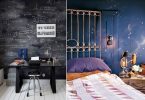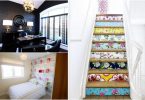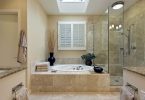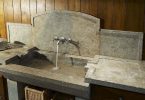Vinyl wallpapers have many advantages over paper ones. They last longer, do not fade or fray as quickly as paper. At the same time, they withstand water, cleaning with detergents, and have a high decorative potential – after all, vinyl can be very different in texture, color, pattern.
Paper-based vinyl is cheaper, but its mechanical strength is lower. When wet, for example, when gluing, under the influence of glue, they can get wet and tear.
Vinyl on a non-woven base has a significantly higher mechanical strength, but its cost is also higher.
Vinyl wallpaper consists of two superimposed layers: the base itself and polyvinyl chloride (PVC) film. The bottom layer, or base, can be paper or non-woven. The upper layer, PVC, protects the lower one from water, ultraviolet radiation, mechanical damage. A pattern or relief is applied to it, depending on the type of wallpaper. Additionally, impregnation with antibacterial and antifungal compounds can be carried out.
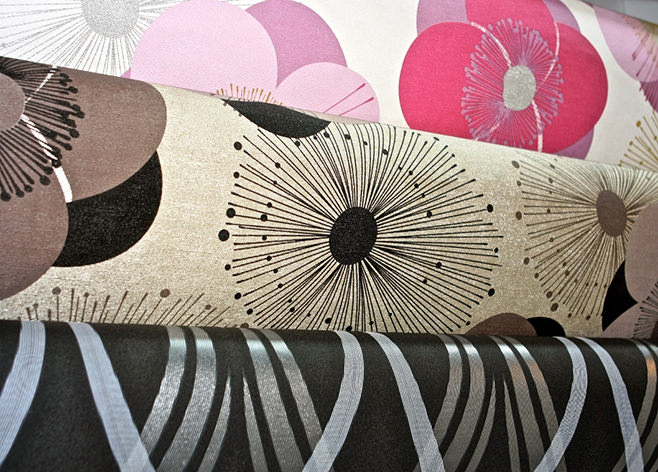
Paper
Vinyl is applied on a paper base with special devices that resemble a printer in principle. They create a drawing. It is applied in several layers, which gives additional strength. The color and pattern of vinyl wallpaper varies in the widest range; gilding and silvering can be used in their production. On top of the pattern, a varnish is applied to the vinyl, fixing it, and also giving it water-repellent properties. One of the main advantages of paper-based vinyl is its low cost..
Non-woven
Non-woven vinyl is commonly referred to as “compact vinyl”. The properties of non-woven and paper are largely similar. The difference is in mechanical strength. It is precisely due to the fact that it is higher for non-woven fabric than for paper that vinyl on a non-woven base deforms less, lasts much longer, can stretch without tears, which allows it to be used in new houses that are still shrinking. The main disadvantage is the higher price compared to paper-based vinyl.


